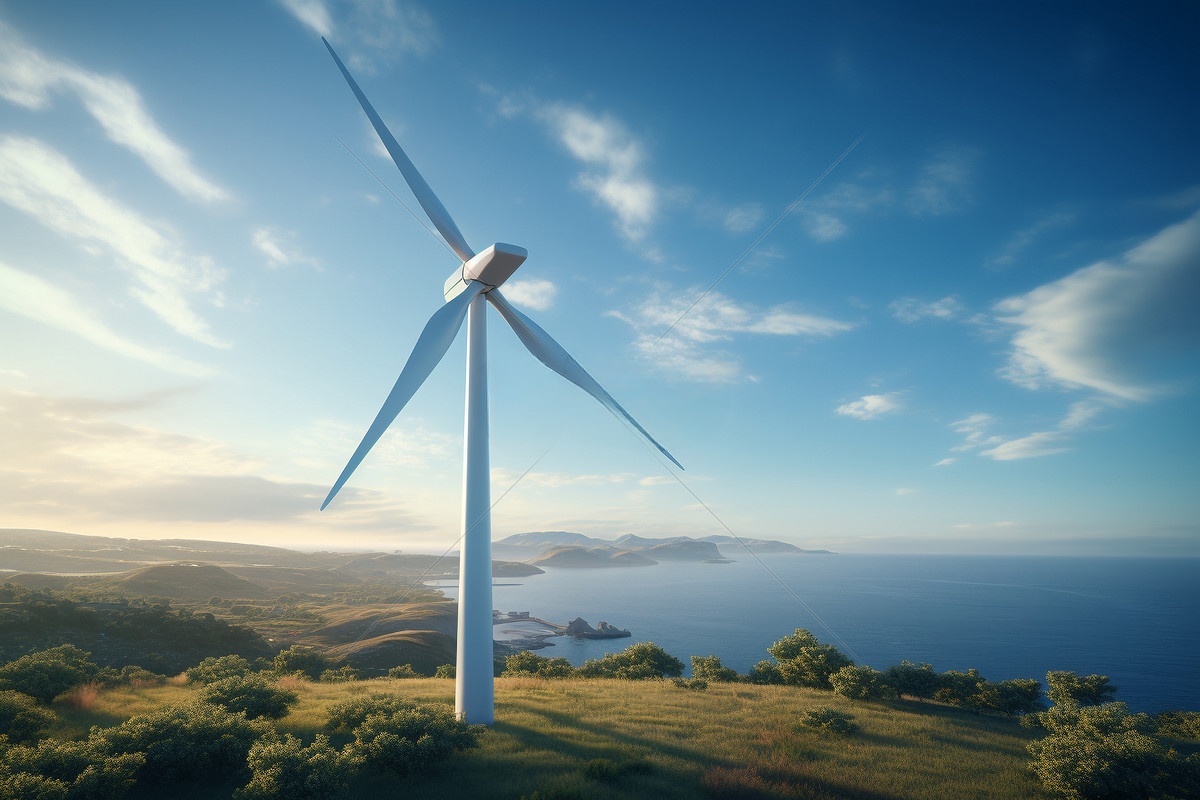The steel used in the wind power industry is mainly used for towers, blades, nacelles, wheels, bearings and other structural components of wind turbines. Since wind power equipment needs to withstand harsh environments such as strong winds, temperature differences, and corrosion for a long time outdoors, the steel used must have high strength, good corrosion resistance and fatigue resistance.
1. Structural steel: used to manufacture towers and foundations of wind turbines. Low-alloy high-strength structural steels such as Q345B and Q235B are usually used, and weathering and corrosion resistant steels are sometimes used to improve the durability of the tower.
2. Blade steel: Wind turbine blades are usually made of glass fiber reinforced plastic (GFRP) or carbon fiber reinforced plastic (CFRP), but in some reinforced structures of the blades, high-strength steel or steel-aluminum composite materials may be used to provide additional structural support.
3. Steel for engine room and hub: engine room is the core part of wind turbine, including generator, gear box and other key equipment, hub connected to the blade and spindle, bearing the torque generated by the blade. The commonly used steels for these parts include structural steels such as Q345B and Q235B, and their strength and toughness are improved through heat treatment and other processes.
4. Bearing steel: Bearings are the key components supporting the rotating parts of wind turbines, which require very high fatigue life and wear resistance of materials. Commonly used bearing steel includes high-carbon chromium bearing steel, such as GCr15, GCr15SiMn and so on.
5. Steel for other components: Some other components of wind turbines, such as spindles, fasteners, connectors, etc., will also be selected according to the specific functional requirements of the appropriate steel, such as alloy steel, stainless steel, etc.
The production and processing process of steel for the wind power industry needs to comply with strict quality standards and manufacturing procedures to ensure that the performance of steel can meet the requirements of long-term stable operation of wind power equipment. With the development of wind power technology, the performance requirements for materials are also constantly improving, prompting the research and development and manufacturing technology of related steel to continue to improve.

